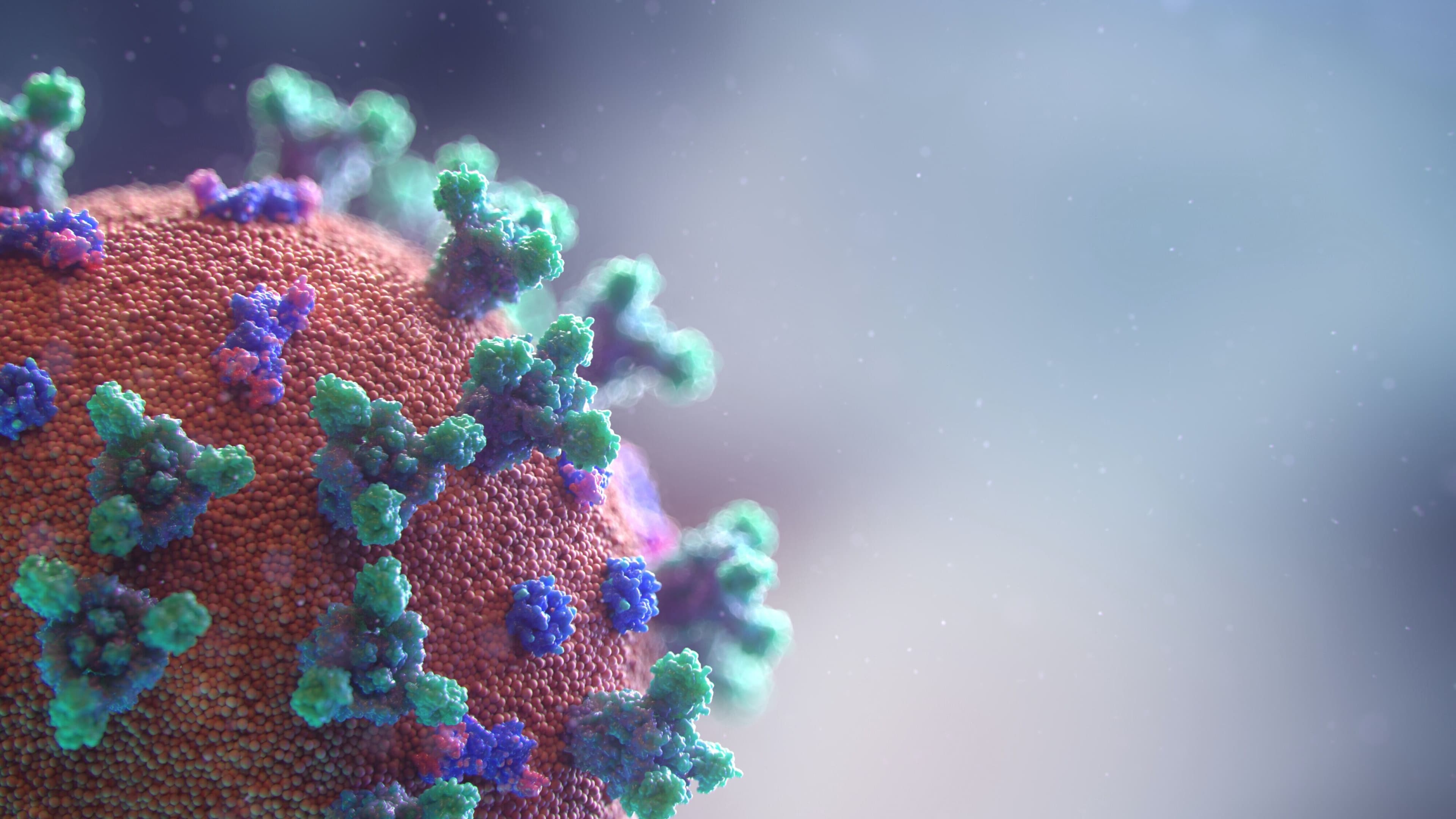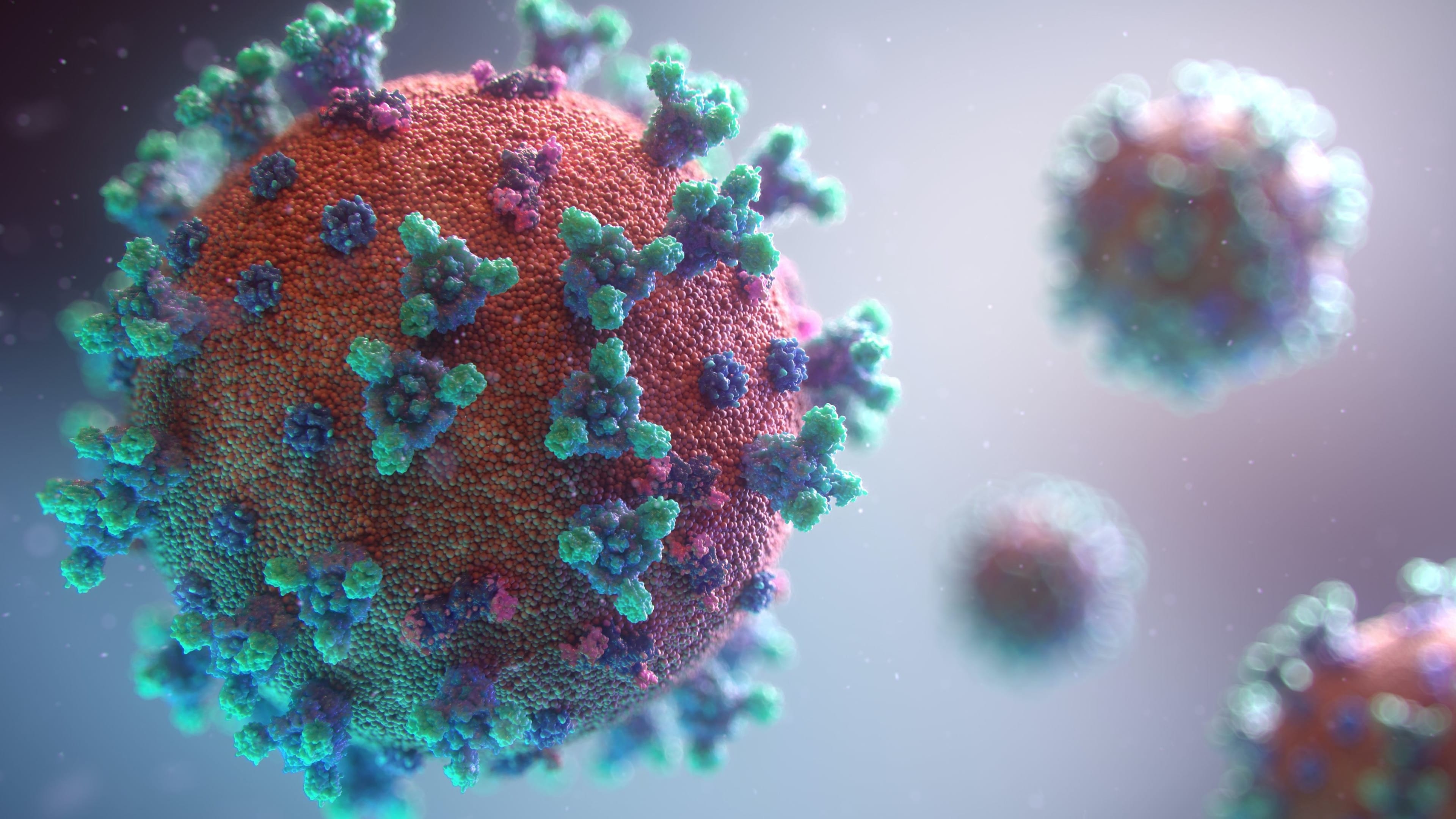Why vaccination is bigger than any one disease

Scientists at Cobra Biologics, Keele, Britain work on a potential vaccine for COVID-19. Image: REUTERS/Carl Recine

Explore and monitor how COVID-19 is affecting economies, industries and global issues

Get involved with our crowdsourced digital platform to deliver impact at scale
Stay up to date:
COVID-19
• Vaccine development plays other roles than curing the disease at hand.
• The sector also helps with general disease surveillance, helping catch pandemics early.
• The history of Ebola shows the link between vaccine development and epidemic management.
With more than 100 vaccines for COVID-19 now in development, it’s fair to say that never before has a vaccine been so widely anticipated or needed. Because it is now accepted that the only way to end this coronavirus pandemic, minimize loss of life and return to some semblance of normality is through vaccination.
This pandemic has made it brutally clear that vaccines don’t just prevent infectious disease and save lives, they are also essential in helping to maintain global security, social cohesion and economic stability. But with the global spotlight now on the race to develop COVID-19 vaccines – as we will almost certainly need more than one – the fact that this is expected to take 12-18 months begs the question, could vaccines play a more immediate role during a pandemic?
We already know that as a public-health intervention, vaccination is one of the most impactful and cost-effective. It has eradicated smallpox, nearly eradicated polio and, in recent decades, reduced the incidence of infectious diseases that once killed millions every year, such as measles, helping to halve child mortality.
But when new threats emerge, or when something changes in the way that known but neglected infectious diseases spread, it can catch us off-guard with sudden widespread epidemics or pandemics of diseases for which no vaccines exist. This is what happened with SARS, MERS, swine flu, Ebola and Zika.
In each case, this has triggered a race to develop a vaccine, and in each case where a vaccine was successfully developed it wasn’t available in time to have a meaningful impact in ending the immediate crisis. That doesn’t mean we don’t need them. The Ebola vaccine may not have played a part in ending the West Africa epidemic, which infected more than 28,000 people, killing more than 11,000, but it has since played an essential role in preventing subsequent epidemics in the Democratic Republic of the Congo from spiralling out of control.
So, given that we already knew about some of these diseases before the crises, with Ebola first identified in 1976 and Zika as far back as 1947, why did we not have vaccines for some of them already? There are a multitude of reasons why, but in essence it comes down to the fact that the world tends to wait until infectious disease becomes a global health security threat before treating it like one.
With Ebola, prior to the West Africa epidemic, it was a disease that tended to kill a couple of hundred people every few years, mainly in extremely poor rural communities in Africa. This, and the fact that it is such an aggressive disease that in rural settings usually burned itself out – immobilizing or killing people before they had much chance to spread it – meant it was not viewed as a disease with epidemic potential. Given the huge cost and time necessary for developing a vaccine, and that it can take half a billion dollars to build a manufacturing facility, there was no market to stimulate the development of an Ebola vaccine, because those most at risk were few in number and could never afford it.
When the inevitable happened and Ebola eventually found its way to more densely populated areas, where it was able to spread faster, the perception of the risk it posed changed dramatically. However, even then, with the huge number of deaths and the epidemic costing more than $2.8 billion in cumulative GDP losses, there was still no obvious market for a vaccine.
The fact that we have a vaccine today was only made possible when my organisation, Gavi, the Vaccine Alliance, provided a $300 million incentive to manufacturers to go through the lengthy and costly processes involved in bringing a candidate vaccine to market. And because of this we are now building a stockpile of 500,000 doses of the licensed Ebola vaccine to tackle future outbreaks. We can only do this because of the support of generous donors like the Spanish government and La Caixa. When I met Prime Minister Sánchez earlier this year, I was reassured of his continuing interest and support.
But from this Ebola experience, some lessons were learned. The World Health Organization (WHO) came up with a list of 11 infectious diseases of epidemic potential, for which no vaccines or treatments existed. The Coalition for Epidemic Preparedness and Innovation (CEPI), whose mandate is to accelerate development of vaccines for these diseases was created. And, CEPI is now backing the development of eight COVID-19 vaccines including with some financing provided through the Gavi-affiliated International Finance Facility for Immunisation.
But while this goes a long way to cover some of our blind spots for known diseases, what about unknown ones or new strains? In many ways, this is by far a much bigger threat, because in evolutionary terms they are inevitable. Viruses are mutating all the time, and human activity is increasingly bringing us into contact with them.
Since 1940, more than 335 new emerging infectious diseases have been identified, and around 60% of these can be traced back to human interactions with animals. Viruses like the SARS-CoV-2 virus that causes COVID-19 can exist in wild animals, like bats, who often harbour viruses that can jump to humans because their physiology and immune systems create ideal environments for viruses to flourish without harming the host.
Human activities, such as deforestation, farming and the sale of live wild animals or bushmeat run the risk of exposing humanity to such viruses – often through contact with not just bats, but other wild animals like exotic canine species and monkeys, or vectors like mosquitoes – that may have lived for years with no human contact. Similarly, existing viruses like influenza, which already kills between 290,000 and 650,000 people globally every year, are well known to mutate, creating the risk of new, deadlier strains emerging.
All this increases the risk of outbreaks of both new and existing diseases. Infectious disease experts across the globe have warned for years that it was just a matter of time before we experienced a pandemic on the scale we are currently seeing.
As we have seen, it’s not just the emergence of viruses we need to worry about, but also their ability to spread. Population growth, urbanization, climate change and human migration make the spread of pathogens easier than ever before. Meanwhile climate change is also altering the range of disease-carrying vectors, like mosquitoes, which is shifting the geographic spread of some diseases. With more people living in closer proximity to each other, and over a billion people crossing international borders each year, the transmission of disease is not only easier, it’s harder to stop.
In the absence of a vaccine, our best chance of doing so is to catch outbreaks as early on as possible. That means better disease surveillance. Infectious disease surveillance networks already exist across the globe, but they can be highly porous and of varying effectiveness. One cost-effective way of widening the net is through improved access to primary healthcare, particularly in lower-income countries, where often these infectious diseases emerge undetected.
Primary healthcare is usually the first point of contact people have with medical or health services when they get sick, and so realistically the first chance we’d have of detecting an outbreak early on. But in many parts of the world primary healthcare is still very limited or non-existent. Gavi is helping to change that through the expansion of national childhood immunization programmes.
With 90% of the world’s children now receiving at least one routine vaccination, no other public health intervention has such a large reach. Expanding this reach doesn’t just protect more children from infectious disease, it can also improve our infectious disease surveillance, because immunization programmes are a gateway to primary healthcare.
When a child gets access to vaccination, they, their parents and their community also get access to a range of vital components to health services, including supply chains, trained health workers, data systems and, crucially, disease surveillance. So, through the expansion of routine immunization, we are also helping to improve our ability to catch outbreaks earlier on by putting in place the basics of a healthcare warning system.
In the context of a pandemic, these immunization programmes are also important because they will form the backbone of a global vaccine distribution network when vaccines are available, enabling us to roll out a vaccine to everyone as quickly as possible, even in the poorest countries with the weakest health systems.
But what then of vaccines against unknown threats or new strains? How can we get those faster? The delay we face now during this pandemic is not due to the time it took to create the first vaccine. The first was actually developed within days of the genomic sequence of SARS-CoV-2 being published. Instead, it comes down to the clinical trials that are necessary to ensure that any vaccine being developed is both safe and effective. This can normally take between five and 10 years and involves testing the vaccine on small groups of people initially and then eventually on much larger groups of thousands of people including those with other illnesses, ages and risk over a period of time. This is essential to ensure that the vaccine is safe and to fully understand the degree of protection it offers, if any. Because of this, clinical trials cannot and must not be avoided.
In the current crisis, however, it may be possible to carry out these trials in an adaptive and simultaneous fashion, rather than one after the other, which could potentially speed up the process. One possible silver lining to this pandemic is that it may usher in a range of new vaccine technologies that help us be better prepared for the next one. While it is not possible to develop a vaccine for a threat before you know what that threat is, some of the vaccine technologies now being investigated as part of the COVID-19 response could potentially make it possible to prepare in other ways.
For example, a number of groups working on a COVID-19 vaccine are looking at vaccine platform approaches. This involves creating a molecular delivery system, capable of carrying a range of different antigens for a given class of disease. One advantage to vaccine platforms is that they make it possible to carry out the majority of the safety trials, and fully understand and optimize manufacturing on the platform, before an outbreak, and then add the antigen once you know what you’re dealing with. Similarly, mRNA and DNA vaccines can radically speed up the time it takes to develop such payloads, as we have seen with the first COVID-19 vaccine to be created. While further tests would still need to be carried out on these payloads, the time it takes to develop a vaccine in an emergency would be rapidly accelerated.
Vaccines can, and in many ways already do, have a critical role to play in preventing outbreaks from escalating into pandemics. For the current crisis, however, we will just have to wait and do everything we can to protect people until COVID-19 vaccines are shown to be effective, produced in unprecedented quantities and make sure that everyone has equal access to them once they are. We are not safe unless everyone is safe. Otherwise, this virus will keep coming back.
What is the World Economic Forum doing about the coronavirus outbreak?
But if we want vaccines to play a more immediate role with future threats like COVID-19 – and it is an evolutionary certainty that there will be more – and if we want to avoid a repeat of this pandemic, then we need to start recognizing the critical role vaccines play before outbreaks occur. Not just in terms of protecting people during pandemics, but also in their early detection to prevent them from spiralling out of control in the first place.
Don't miss any update on this topic
Create a free account and access your personalized content collection with our latest publications and analyses.
License and Republishing
World Economic Forum articles may be republished in accordance with the Creative Commons Attribution-NonCommercial-NoDerivatives 4.0 International Public License, and in accordance with our Terms of Use.
The views expressed in this article are those of the author alone and not the World Economic Forum.
Related topics:
The Agenda Weekly
A weekly update of the most important issues driving the global agenda
You can unsubscribe at any time using the link in our emails. For more details, review our privacy policy.
More on COVID-19See all
Charlotte Edmond
January 8, 2024
Charlotte Edmond
October 11, 2023
Douglas Broom
August 8, 2023
Simon Nicholas Williams
May 9, 2023
Philip Clarke, Jack Pollard and Mara Violato
April 17, 2023






